ASTM A182 butt welding flange is a flange pipe with a neck and a round steel pipe connection, which is connected to the pipe port by butt welding. It is a disc-shaped part, which is most common in
pipeline engineering. Flanges are used in pairs. A sealing gasket is added between the two flanges and then fastened with bolts. Flanges of different pressures have different thicknesses and use different bolts. This flange has the characteristics of no variability, good sealing function, moderate rigidity and ductility.
ASTM A182 is the material standard for American standard high-pressure forged flanges, which stipulates the chemical composition, mechanical properties and heat treatment requirements of various grades of materials such as alloy materials, stainless steel materials and duplex stainless steel.
Performance of alloy butt welding flanges
ASTM A182 F11 alloy is a common type of ASTM A182 butt welding flange. It is divided into 3 grades. Each grade has different chemical composition and mechanical performance requirements, which can adapt to pipeline systems in different environments.
Chemical composition:
|
GRADE
|
LIMIT
|
C
|
Mn
|
P
|
S
|
Si
|
Cr
|
Mo
|
|
ASTM A182 F11 CLASS1
|
MIN
|
0.05
|
0.3
|
|
|
0.5
|
1
|
0.44
|
|
MAX
|
0.15
|
0.6
|
0.03
|
0.03
|
1
|
1.5
|
0.65
|
|
ASTM A182 F11 CLASS2
|
MIN
|
0.1
|
0.3
|
|
|
0.5
|
1
|
0.44
|
|
MAX
|
0.2
|
0.8
|
0.04
|
0.04
|
1
|
1.5
|
0.65
|
|
ASTM A182 F11 CLASS3
|
MIN
|
0.1
|
0.3
|
|
|
0.5
|
1
|
0.44
|
|
MAX
|
0.2
|
0.8
|
0.04
|
0.04
|
1
|
1.5
|
0.65
|
Mechanical properties
|
GRADE
|
TENSILE STRENGTH MIN (Mpa)
|
YIELD STRENGTH MIN (Mpa)
|
ELONGATION MIN
|
REDUCTION OF AREA MIN
|
HARDNESS
|
|
ASTM A182 F11 CLASS1
|
415
|
205
|
20
|
45
|
121-174
|
|
ASTM A182 F11 CLASS2
|
485
|
275
|
20
|
30
|
143-207
|
|
ASTM A182 F11 CLASS3
|
515
|
310
|
20
|
30
|
156-207
|
What are the precautions for cleaning ASTM A182 stainless steel flanges?
The cleaning method for stainless steel flange pipelines is to use pickling and passivation. Its working principle is as follows: pickling is a method of using chemical reactions to dissolve rust, oxide film and other products on the surface of the workpiece without affecting the base metal. Its purpose is to decontaminate the surface of the workpiece and achieve purification. Passivation is a method of using chemical reactions to form a dense oxide film on the surface of the workpiece. Its purpose is to prevent electrochemical corrosion by establishing an oxide film or oxygen adsorption layer on the surface of the workpiece, thereby improving the corrosion resistance (anti-electrochemical corrosion) of the metal.
Precautions for cleaning stainless steel flanges:
First, the welding coating, spatter, burrs, dirt, etc. on the surface of the pipe fittings must be cleaned before pickling and passivation. The oil stains on the surface of the pipe fittings can be wiped clean with organic solvents such as gasoline and acetone. For safety reasons, large areas of oil stains can be cleaned with steam or 3~5% caustic soda (NaOH) solution, and then rinsed with clean water and dried. Note that the CL- concentration of the clean water used should not exceed 25mg/l. 2.1.3 Prepare the equipment, tools and labor protection supplies required for pickling and passivation (taking three people working at the same time as an example).
Secondly, during pickling, a careful inspection should be carried out within the specified time until the oxide scale is removed and the surface is bright silver-white, and over-corrosion should be strictly prevented. If the oxide scale is thick, a stainless steel wire brush or a hard plastic nylon brush can be used to remove the oxide scale. If the pickling is carried out by immersion, the workpiece is not allowed to be placed directly at the bottom of the pickling tank. The workpiece should be padded before the next passivation.
The materials used in pickling and passivation operations are highly corrosive or toxic, highly toxic acids, alkalis, salts and other chemicals. Strict protection must be taken during operation to prevent contact with the skin. Operators must wear complete labor protection supplies as required before working.
Advantages of ASTM A182 butt-weld flanges
1. Strong pressure bearing capacity
The butt-weld structure has a firm connection, is suitable for high temperature and high pressure environments, and has higher strength than other types of flanges.
2. Good sealing performance
The welded connection reduces the risk of leakage and is suitable for conveying toxic, flammable or corrosive media.
3. Excellent corrosion resistance
ASTM A182 uses 304, 316 and other stainless steel materials, which are suitable for corrosive environments such as chemical and marine.
4. Reasonable stress distribution
The flange neck and the pipe have a smooth transition, which effectively reduces the stress concentration at the weld and prolongs the service life.
5. Unified standards
It complies with international general standards (such as ASME B16.5), which is convenient for global engineering projects.
Examples of application scenarios for ASTM A182 butt-weld flanges:
High-temperature and high-pressure steam pipeline systems
Petrochemical plant pipelines for transporting corrosive media
Natural gas and liquefied gas pipeline networks
Offshore platform or ship pipeline systems
Pressure vessel flange interfaces






 English
English Español
Español بالعربية
بالعربية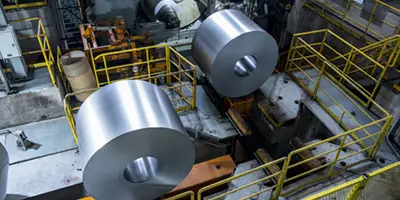

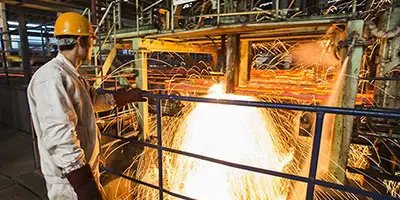
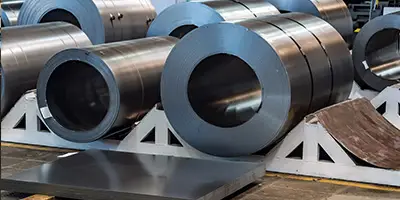

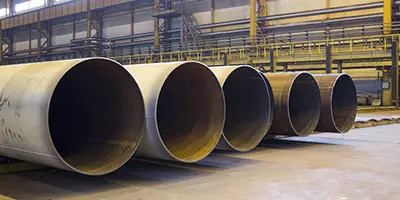
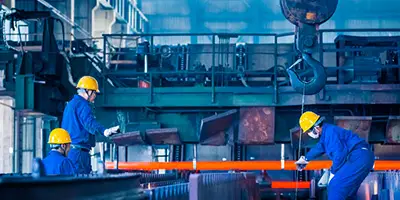
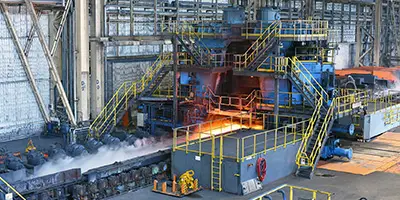
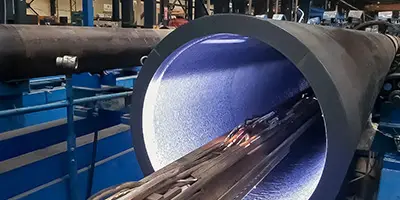
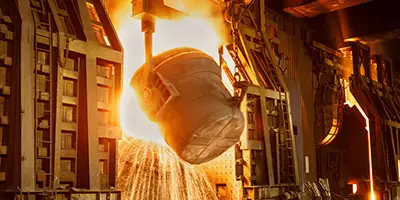

 Phone :
Phone :  Whatsapp :
Whatsapp :  Email :
Email : 


